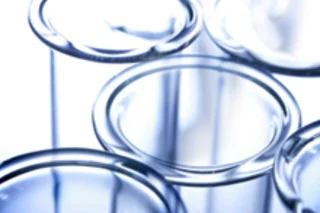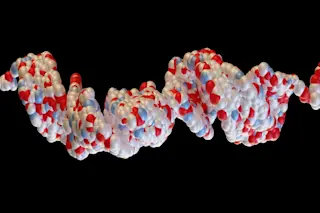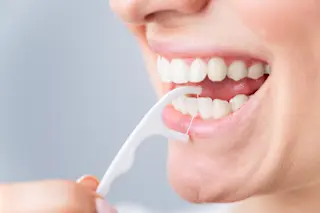When scientists first created induced pluripotent stem cells (iPS cells) three years ago, they were hailed as a game-changing advance for medicine: Scientists hoped the engineered cells could duplicate the talents of embryonic stem cells, which can develop into any kind of cell in the body, while avoiding the destruction of embryos. However, a new study by one of the leading U.S. cell labs suggests that iPS cells, at least right now, have serious problems keeping them from reaching their potential. Advanced Cell Technologies, the Massachusetts lab led by stem cell guru Robert Lanza, released a study of 25 embryonic lines and eight iPS lines in the journal Stem Cells last week.
At first they found that human iPS cells could indeed generate blood vessel, blood precursor and retinal cells with characteristics similar to ones derived from embryonic stem cells, albeit with significantly reduced efficiency [Scientific American]
. But the ...














